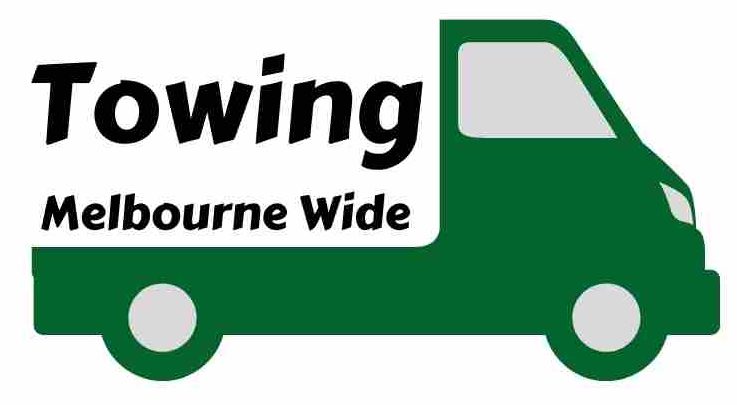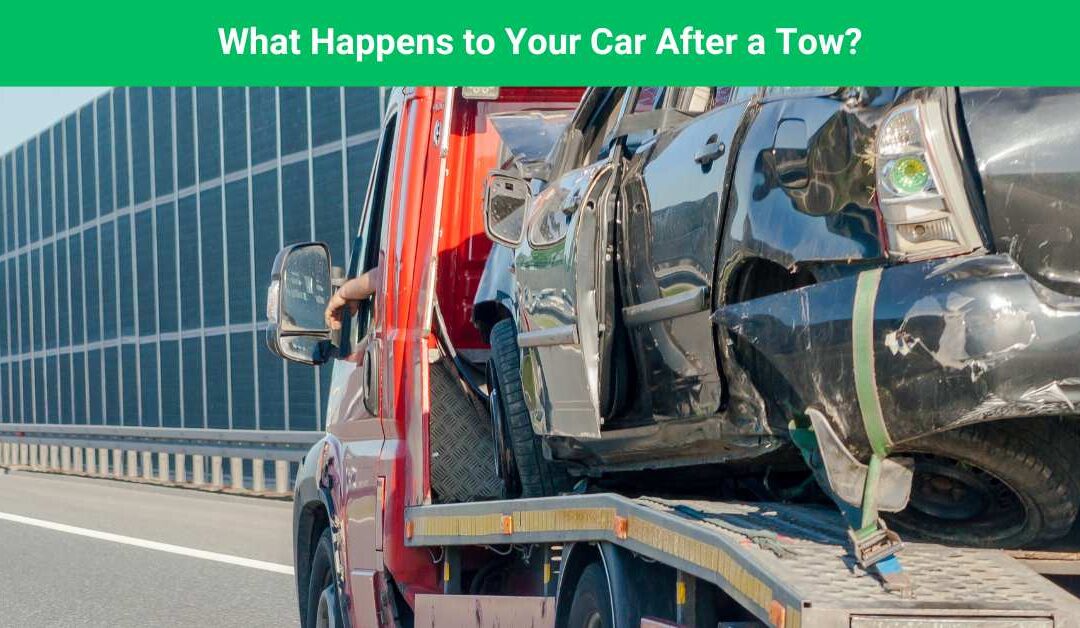When your car is towed, whether due to a breakdown, accident, or parking violation, understanding what happens next can help ease your concerns. The process typically involves securing your vehicle, transporting it to a designated location, and determining the steps for retrieval or repair.
Initial Handling by the Tow Truck Operator
Once a towing service arrives, the operator ensures your vehicle is safely secured. Depending on the situation, they may use a flatbed, wheel lift, or hook-and-chain tow truck. Proper securing prevents damage during transit.
If you’re present during the tow, the operator may provide details about the destination, estimated towing fees, and procedures for recovering your vehicle. Keep any receipts or documentation they provide for future reference.
Transportation to the Destination
After securing your car, the towing company transports it to a predetermined location. This could be:
- A repair shop for mechanical issues.
- An impound lot in cases of parking violations or accidents.
- Your preferred location, if specified and agreed upon.
The destination depends on the towing arrangement, local regulations, and the nature of the incident.
Arrival at the Towing Facility or Repair Shop
Once your car reaches its destination, it’s unloaded and inspected. If it’s taken to an impound lot, it will be stored securely until you arrange for its release. Impound lots typically have strict rules regarding retrieval, often requiring proof of ownership, payment of fees, and identification.
If your vehicle is delivered to a repair shop, a technician may assess its condition and provide an estimate for necessary repairs.
Fees and Documentation
Towing services often involve fees, which may include charges for mileage, storage (if kept at an impound lot), and any additional services provided during the tow. Be prepared to settle these fees when retrieving your vehicle.
Retain all documentation related to the tow, as it may be required for insurance claims or disputes.
Steps to Retrieve Your Vehicle
To retrieve your car, follow these steps:
- Contact the towing company or impound lot to confirm your car’s location.
- Gather the necessary documents, such as proof of ownership, ID, and payment.
- Pay the required fees, if applicable.
- Arrange for transportation if your car isn’t roadworthy after retrieval.
Conclusion
Understanding what happens to your car after a tow can help you navigate the process with confidence. Whether it’s being taken to a repair shop, impound lot, or another destination, staying informed and organized ensures a smoother experience. Communicate with the towing company and follow local guidelines to retrieve your vehicle promptly and efficiently.


Recent Comments